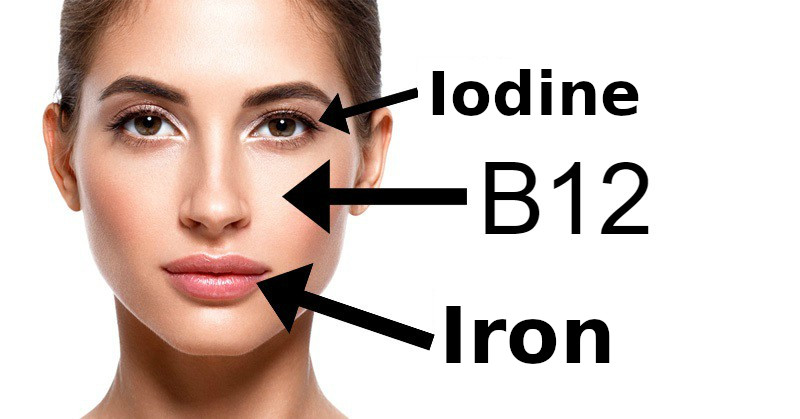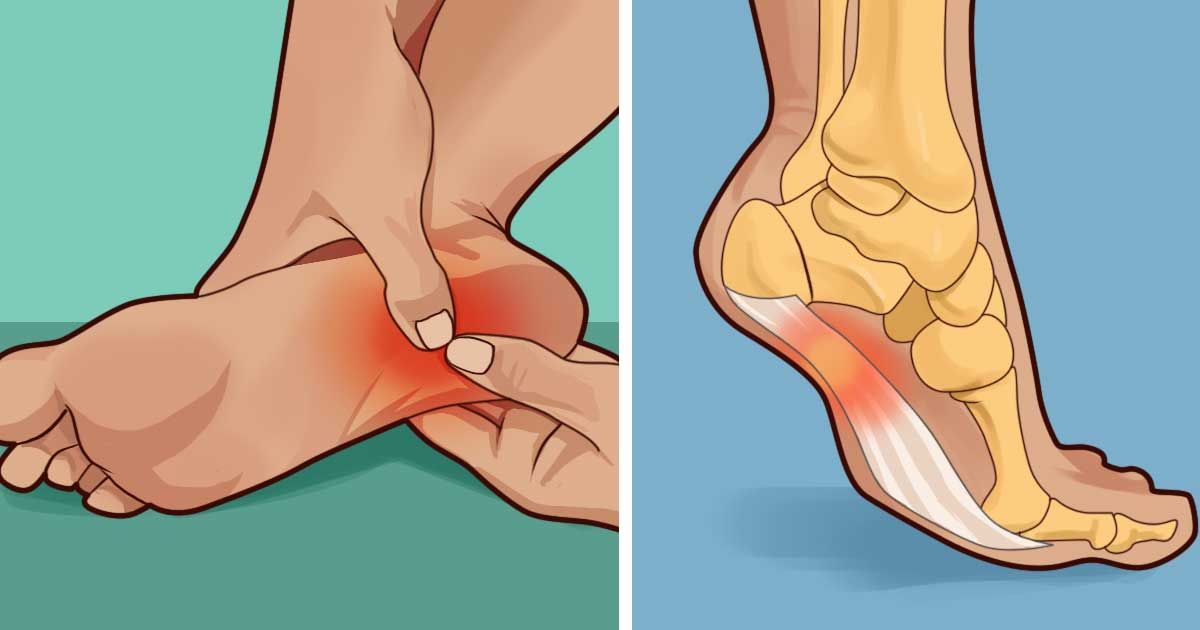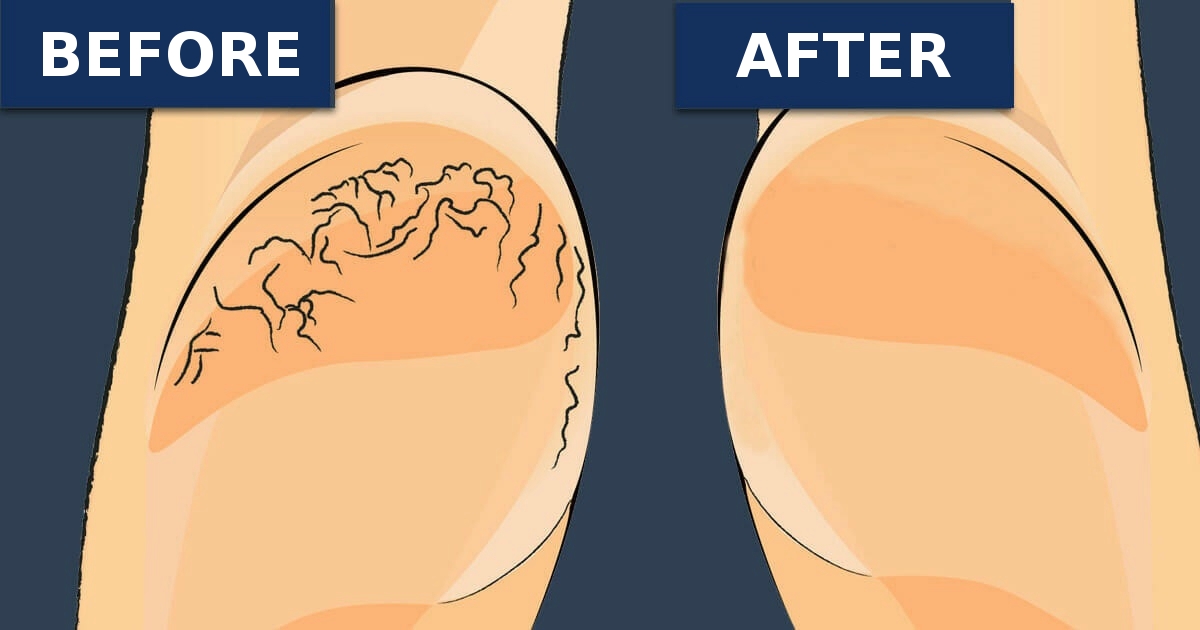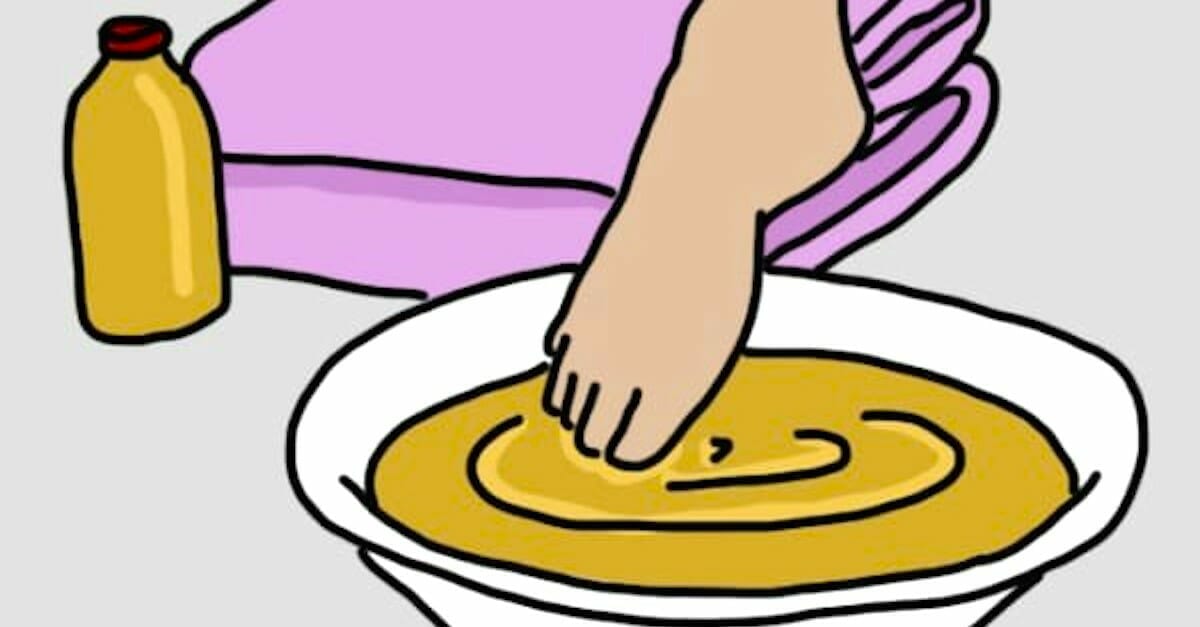Doctors reveal: two 'hidden causes' in your feet you can't ignore
|
Your feet work hard for you every day, but are you listening to what they're trying to tell you? Health experts warn that two "silent killers" of the feet can appear without noticeable symptoms, potentially leading to infections, amputations, or even life-threatening complications.
Experts say that changes in your feet — whether in color, temperature, or even nail texture — can be early indicators of serious health conditions like heart disease and diabetes. These small changes might be your body's way of waving a red flag.
So, if you've ignored them until now, it's time to start paying attention!
Heart Disease and Your Feet
Your feet are the farthest body parts from your heart, meaning they are often the first to show signs of poor blood circulation.
Noel Wicks, a pharmacist and health consultant, told Express that the tiny blood vessels in our toes are especially vulnerable to fatty blockages, a common early sign of heart disease.
"We need to keep an eye on our foot health, including our toenails, because it can [affect] our overall health and be a sign of [serious] health problems", Wicks said.
WebMD reports that symptoms can include:
Cold Feet: Poor circulation makes it difficult for warm blood to reach your extremities, leading to persistently cold feet, even in warm weather!
Slow-Healing Sores: Minor cuts or blisters might take an unusually long time to heal, indicating insufficient blood supply.
Pain While Walking (Claudication): Pain or cramping in your feet and legs during physical activity, which subsides with rest.
Discoloration: Your feet may appear pale, bluish, or purplish due to reduced blood flow.
Cramping: Cramps in your hip, thigh, or calf muscles when climbing stairs or walking.
These symptoms might seem harmless at first, but they shouldn't be ignored. If you notice them, especially if they persist, it's highly recommended to visit your doctor.
Diabetes and Your Feet
Your feet don't just warn you about heart disease—they can also be one of the first places to show signs of diabetes.
Diabetes affects blood flow and nerve function, often causing early symptoms in the feet before anywhere else in the body. From tingling sensations to slow-healing wounds, paying attention to foot health can help you identify diabetes before it leads to serious complications.
According to the CDC, "With diabetes, a foot ulcer can get infected and not heal well. If an infection doesn't get better with treatment, your toe, foot, or leg may need to be amputated (surgically removed). This is done to prevent the infection from spreading and to save your life."
Shockingly, in the U.S., 80% of lower limb amputations—toe, foot, or leg—"are a result of complications from diabetes," explains the CDC.
Symptoms include:
- Pain in your legs or cramping in your buttocks, thighs, or calves during exercise.
- Tingling, burning, or pain in your feet.
- Loss of touch sensation or the ability to feel heat or cold very well.
- A change in the shape of your feet over time.
- Hair loss on your toes, feet, and lower legs.
- Dry, cracked skin.
- Change in color and temperature.
- Thickened, yellow toenails.
- Fungal infections like athlete's foot between your toes.
- A blister, sore, ulcer, infected corn, or ingrown toenail.
Many people don't realize they have diabetes until they start experiencing foot problems. This is why it's crucial to take these signs seriously. If you think you're developing symptoms of diabetes, consult a doctor immediately. Early management of diabetes can prevent severe complications like foot ulcers, infections, and even amputations.
Your feet can be the first indicator of serious underlying health issues, from diabetes complications to arterial blockages. The sooner you catch these warning signs, the greater your chances of preventing irreversible damage.
So, the next time you kick off your shoes, take a moment to truly look at your feet—they might just be trying to tell you something important!












